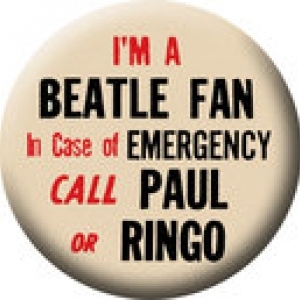
Be the first to attend this event.
The Beatles began recording 'Tomorrow Never Knows' in Studio Three, the first song to be recorded for their album, ‘Revolver’. On that day, The Beatles recorded just three takes of the rhythm track for ‘Tomorrow Never Knows’, under the working title ‘Mark I’, along with one of https://http://www.facebook.com/groups/831182630582917/user/100044173897018/?__cft__[0]=AZUhkI3TGWj87IJ7yCZfnLX_xtIqkQ6x_nz_8Vqx0INplklCGGJG8p47V5hq79DDT6lr0_iAQMKWiI7SehBFIxqZEecCYmof0q2EcaxmYor-Zu5PQtt2f6BER_WVr8acVmI96_DDrMONAE7InH_VxW2UpGGlEugk8XKYHMHSBRNJesNbpfHvl3SL-oyt0MKFwwxRvukZMGj3J7CGraRCutwT&__tn__=-]K-y-R" id="ow4324" __is_owner="true">John Lennon'svocal takes.There were six loops used on ‘Tomorrow Never Knows’; a seagull noise, which was actually a distorted recording of McCartney laughing, an orchestra playing a B flat chord, notes played on a Mellotron’sflute setting, a second Mellotron on its violin setting, a finger rubbing the rim of a wine glass, heard midway through the song only in the stereo mix and a distorted sitar which is most clearly heard in the instrumentalbreak following the lines “It is being, it is beingâ€.